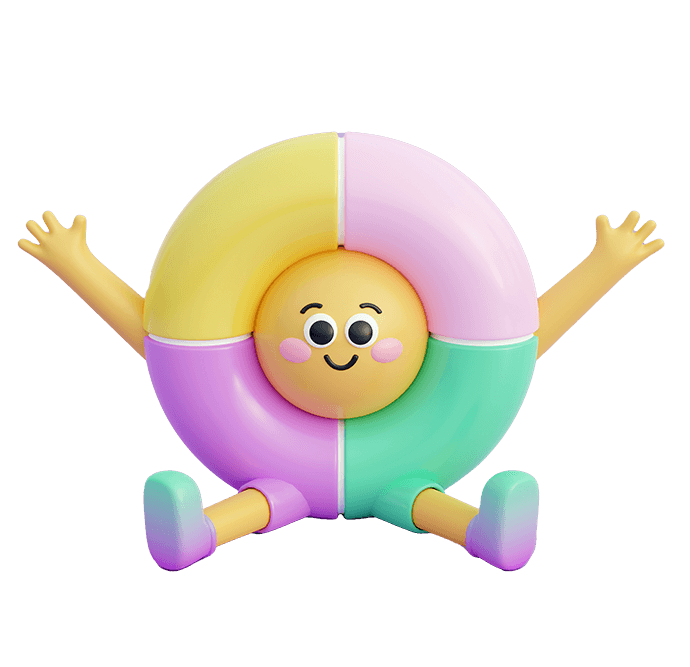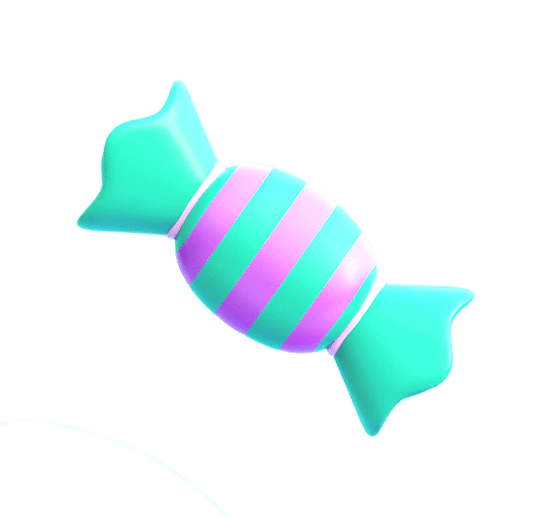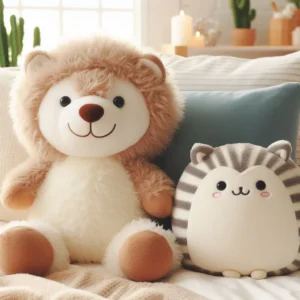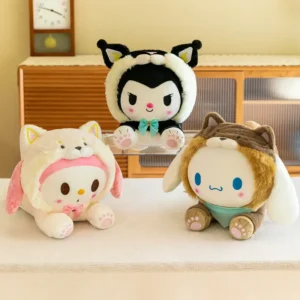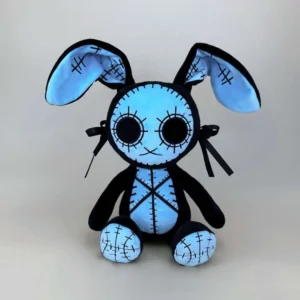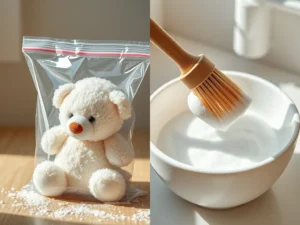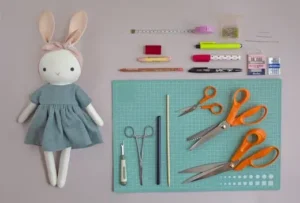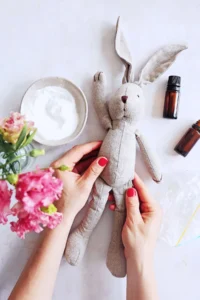Soft toys come in many forms, each designed to offer unique comfort and play experiences. Understanding their types helps businesses tailor products for specific markets and customer needs.
Soft toys are classified by design, materials, and functionality—ranging from classic plush animals to interactive electronic toys—each serving distinct purposes and audiences.
Let’s explore a complete guide to the types of soft toys and what sets them apart.
1.What Are the Main Categories of Soft Toys Based on Design and Function?
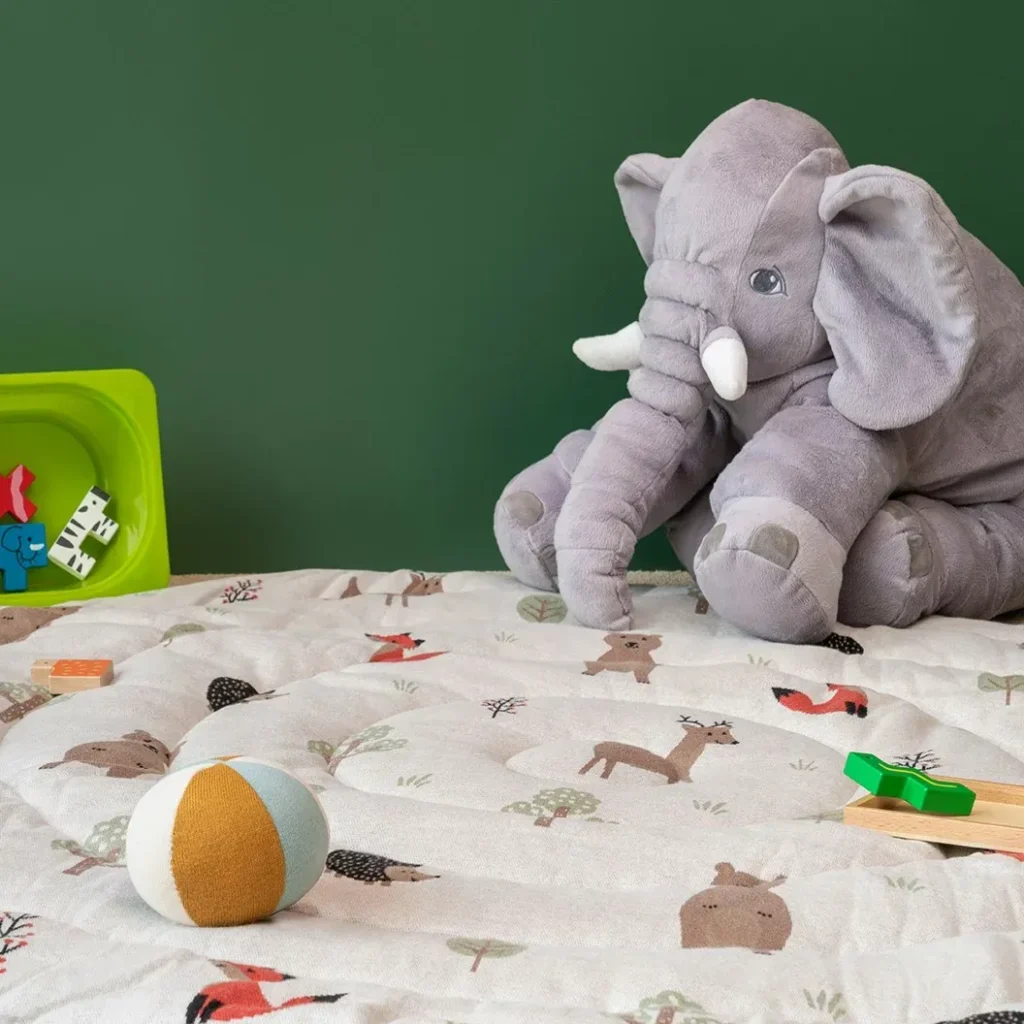
Soft toys generally fall into categories such as plush animals, dolls, cushions, and interactive toys.
Designs vary from simple cuddly animals to complex dolls and tech-enhanced toys, each fulfilling different roles like comfort, imagination, or engagement.
Plush animals are classic companions, while dolls may reflect human or fantasy figures.
Cushion toys blend functionality with softness, acting as décor or comfort objects.
Interactive toys incorporate sound, lights, or motion to boost play value.
| Category | Function | Typical Features |
|---|---|---|
| Plush animals | Comfort, imaginative play | Soft fabric, animal shapes |
| Dolls | Role-play, nurturing | Detailed faces, clothing |
| Cushions | Comfort, décor | Larger, flat, supportive |
| Interactive toys | Engagement, learning | Electronic modules |
Choosing the right category meets specific market demands.
2.How Do Material Differences Define Various Types of Soft Toys?
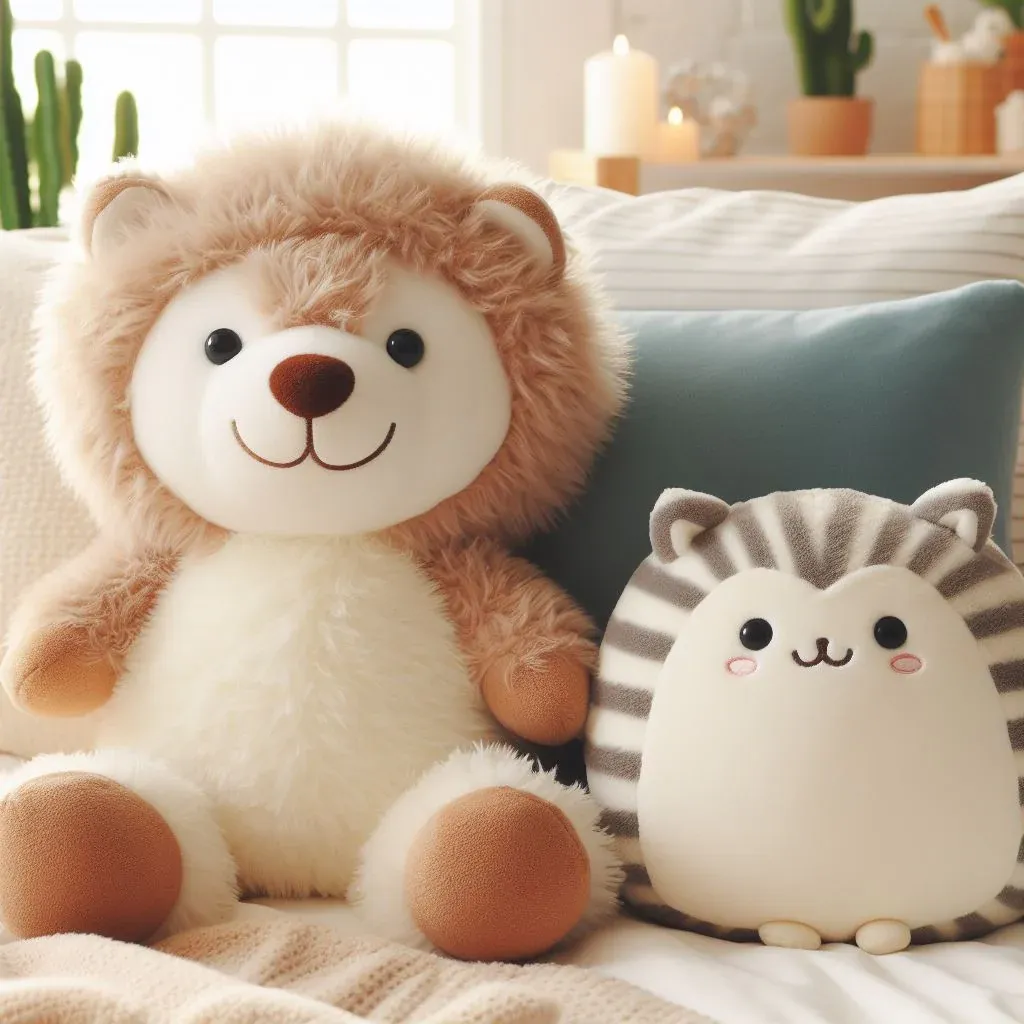
Material choice influences texture, durability, and suitability for different toy types.
Soft plush fabrics like minky or velboa are common for cuddly toys; sturdier textiles are used for decorative cushions; electronics require durable, easy-to-clean surfaces.
Plush animals and dolls favor ultra-soft, hypoallergenic fabrics to ensure safety and comfort.
Cushions may use velvet or woven fabrics for aesthetic appeal.
Interactive toys often include plastic or silicone parts integrated with fabric for durability.
| Toy Type | Common Materials | Material Characteristics |
|---|---|---|
| Plush animals | Polyester minky, velboa | Soft, lightweight |
| Dolls | Cotton blends, plush fabrics | Detailed texture |
| Cushions | Velvet, woven fabrics | Durable, decorative |
| Interactive toys | Fabric + plastic/silicone | Robust, washable |
Material selection defines product feel and function.
3.What Distinguishes Plush Animals from Other Soft Toy Varieties?
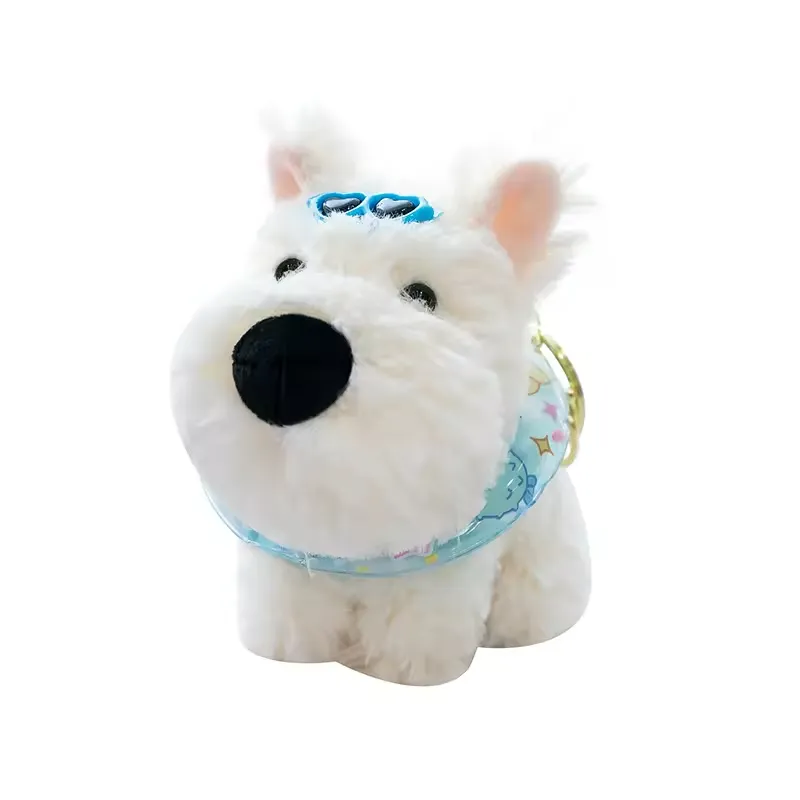
Plush animals are specifically designed to resemble real or fantasy animals with soft textures and lifelike details.
They prioritize tactile softness, visual appeal, and emotional connection, often serving as comfort objects for children.
Plush animals feature soft fur-like fabrics and stuffing that supports shape and cuddliness.
They usually have embroidered or plastic eyes and noses for safety and realism.
Unlike dolls, they typically lack complex accessories or articulated parts.
| Feature | Plush Animals | Other Soft Toys |
|---|---|---|
| Appearance | Animal forms | Human figures, cushions |
| Texture | Fur-like plush | Varies |
| Accessories | Minimal | Clothing, props |
| Purpose | Comfort, imaginative play | Role-play, décor, engagement |
Plush animals’ focus on softness and familiarity makes them timeless favorites.
4.How Do Interactive and Electronic Soft Toys Differ from Traditional Ones?
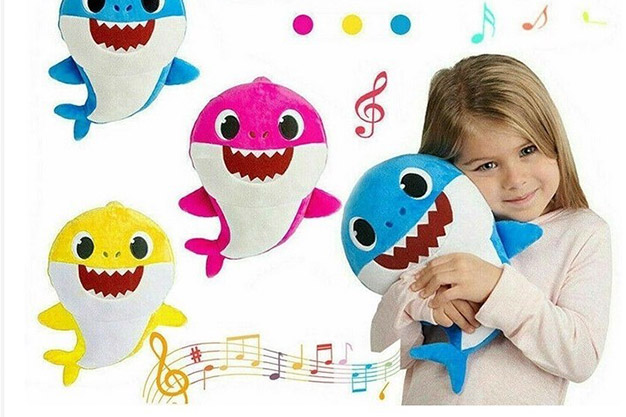
Interactive soft toys incorporate technology to provide sounds, lights, or movements, enhancing play experiences.
They engage children through feedback and stimulation, differing from traditional plush toys that emphasize tactile comfort and imagination.
Electronic modules embedded within soft toys respond to touch, voice, or motion.
These toys often require batteries and are made with durable, washable fabrics to withstand active play.
They encourage learning, communication, or sensory development.
| Aspect | Interactive Toys | Traditional Plush Toys |
|---|---|---|
| Features | Sounds, lights, movement | Softness, texture |
| Complexity | Higher, tech-based | Simpler design |
| Maintenance | Batteries, electronics | Easy cleaning |
| Play value | Stimulating, educational | Comfort, imaginative play |
Interactive toys cater to evolving consumer demands for engaging experiences.
5.Which Types of Soft Toys Are Most Popular in Different Regional Markets?
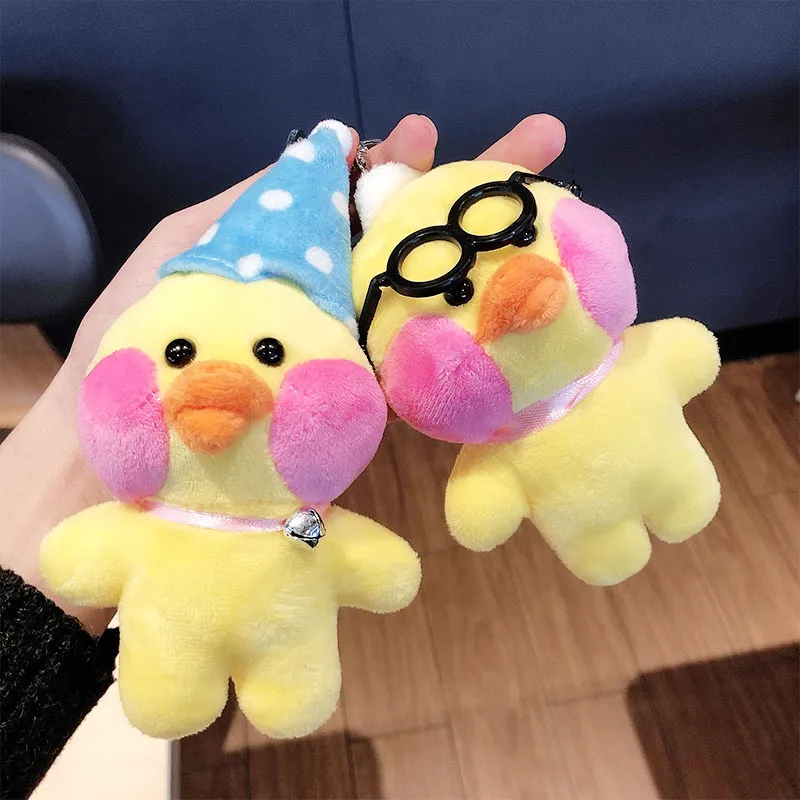
Preferences vary globally due to cultural tastes and market maturity.
North America favors licensed characters and interactive toys, Europe values eco-friendly and classic plush, while Asia has a strong demand for cute character plush and innovative designs.
In the USA, plush toys tied to popular media franchises dominate.
European consumers increasingly seek organic materials and sustainability.
Asian markets thrive on kawaii-style plush and tech-enhanced toys.
| Region | Popular Soft Toy Types | Consumer Preferences |
|---|---|---|
| North America | Licensed, interactive | Brand-driven, technology-focused |
| Europe | Eco-friendly, classic plush | Sustainability, tradition |
| Asia | Cute characters, innovation | Trendy, novel features |
Knowing regional demands guides product localization and marketing.
6.How Does Customization Affect the Classification of Soft Toy Types?
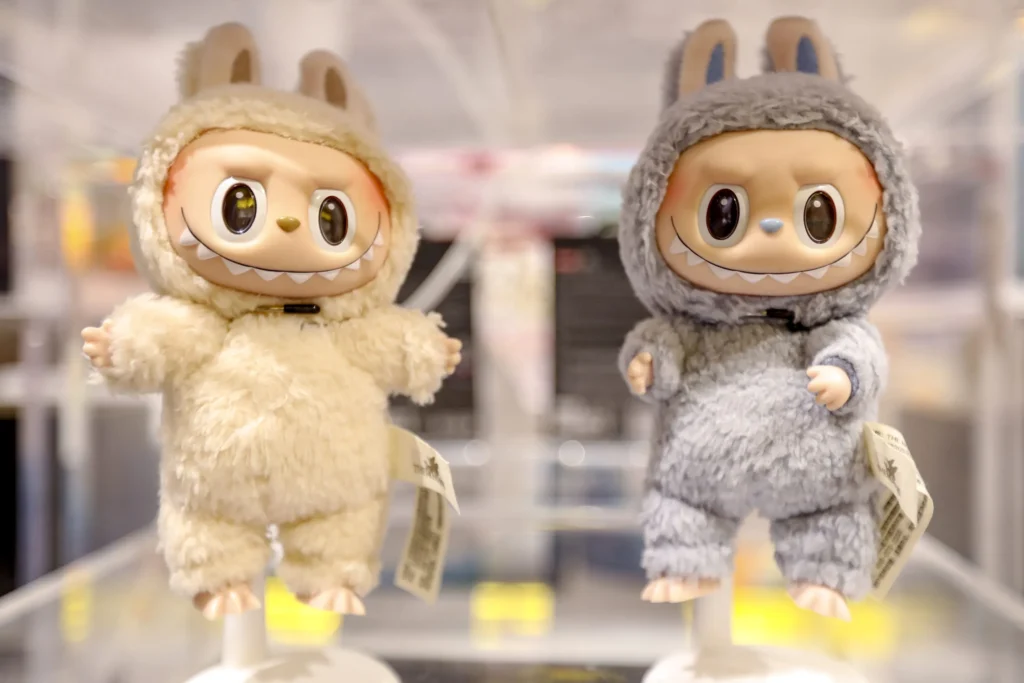
Customization blurs lines by adding unique elements, altering appearance, and personalizing toys for niche markets.
Brands use embroidery, fabric choice, and accessories to create personalized plush, expanding types and market appeal.
Customized plush can range from monogrammed teddy bears to bespoke character plush.
Customization supports promotional gifts, retail exclusives, and special events.
It boosts consumer attachment and differentiates products.
| Customization Type | Effect on Toy Classification | Market Benefit |
|---|---|---|
| Personal embroidery | Unique appearance | Gifting, branding |
| Fabric variations | Distinct texture or color | Seasonal or limited editions |
| Added accessories | Enhanced play or display | Increased perceived value |
Customization increases product diversity and consumer engagement.
Conclusion
Soft toys encompass diverse types defined by design, materials, interactivity, and customization, tailored to varied markets and consumers.
For expert plush toy sourcing and customization, contact me at [[email protected]] or visit [https://plushtoyinchina.com].

